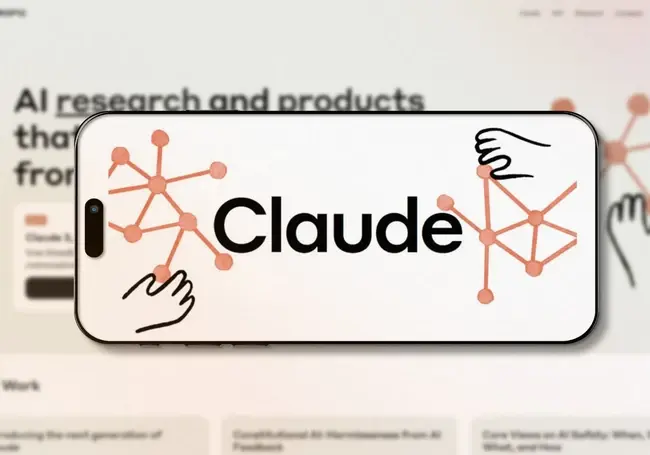Anthropic has just announced the launch of Claude 4, the next generation of their large language model.
The release includes two models: Claude Opus 4 and Claude Sonnet 4. Anthropic describe their flagship Claud Opus 4 as the worlds best coding model whilst Claude Sonnet is optimised for efficiency, speed and cost effectiveness.
The two models are designed to code and reason better than ever whilst responding to more nuanced requests precisely.
Compared to previous models like Claude 3, Claude 4 offers headline advancements in agent capabilities and complex problem solving.
Anthropic’s announcement highlights Claude 4’s extended thinking capabilities which allows for agentic in-depth web search as well as enhanced model capabilities that allow the large language model to follow instructions more precisely with improved memory capabilities.
This also means the models are less are less likely to use shortcuts or loopholes to complete tasks and utilize a smaller model to condense lengthy thought processes.

What is Claude 4?
Claude 4 is a family of large language models developed by Anthropic. The family currently includes the flagship Opus 4 model as well as the more agile Claude Sonnet model.
The release of Claude 4 demonstrates an advancement in exceeding existing benchmarks , particularly in coding, advanced reasoning, and the ability to power sophisticated AI agents.
The models excel in coding, showing strong performance on benchmarks like SWE-bench, and are designed for advanced reasoning to tackle complex problems.
Their advancements in handling AI agents allows them to handle multi-step workflows and act autonomously.
They can also effectively use external tools, such as web search, during extended thinking, often processing information to enhance answers.
Their improved instruction following, makes them less prone to trying to find shortcuts or loopholes.
Users can give Claude 4 access to local files, and thanks to it’s enhanced memory features the model will be able to retain key information for longer interactions. This is vital for complex, multi-turn agent tasks.
Finally, they offer hybrid reasoning modes, providing both "near-instant responses" for quick queries and "extended thinking" for deeper analysis and planning.
Claude 4 vs. Claude 3: What Is The Difference?
Claude 4’s release raises some questions about the key differences between this new model and its predecessors.
The newer models demonstrate superior capabilities across several key areas. For instance, Claude 4 models show better reasoning abilities, significantly enhanced code generation, and can follow instructions more effectively.
Claude 4 sets new benchmarks compared to Claude 3 on key coding markers like SWE-bench and Terminal-bench. This advancement demonstrates even stronger capabilities in both understanding and generating code,
Whilst Claude 3 laid a strong foundation, Claude 4 represents a significant leap forward for Anthropic due to its ability to handle complex coding, reasoning, and multi-step agentic workflows. Ultimately the latest iteration of enhancements to the Claude models make Claud 3 a more powerful and reliable choice than Claude 3 for demanding AI applications.
Advancements in reasoning and tool use also make Claude 4 an model better suited to most users than Claude 4. These advancements make outputs more nuanced and accurate that in previous models.
This is also helped by Claude 4’s improved instruction following and memory abilities. The new models can extract and save key facts for longer, making them more usable in a variety of settings.
The release of Claude 4 marks a significant step forward for Antrophic’s AI offerings compared to Claude 3. The models focus on coding, reasoning, advanced tool use, and improved memory positions it as a powerful tool.
How To Use Claude 4?
Using the latest Claude 4 model is simple. The easiest way to access Claude 4 is on Anthrophic’s web interface claude.ai where Claude Sonnet 4 is available to all free users.
To use Claude 4 Opus for more demanding tasks with higher usage limits you will need to assess if Anthropic's paid subscription plans are right for you.
Anthropic’s Pro plan currently costs $17 per month. As well as access to more Claude models it allows for more usage as well as unlimited access to projects, web search access and extended thinking for more complex work.
The Pro plan also allows integrations with Google Workplace including email, calendar and docs as well as ultimate access to Projects, a tool built for organisation.







Comments ( 0 )